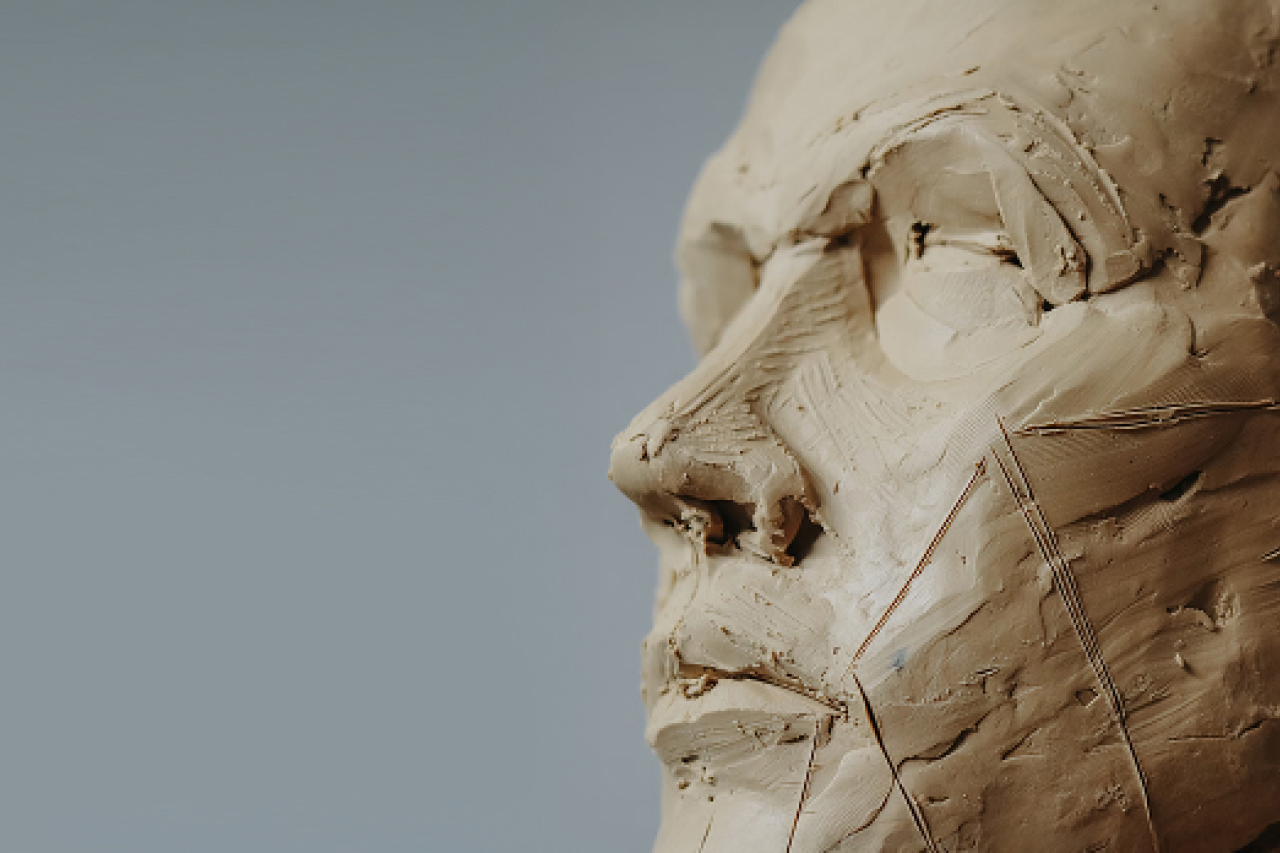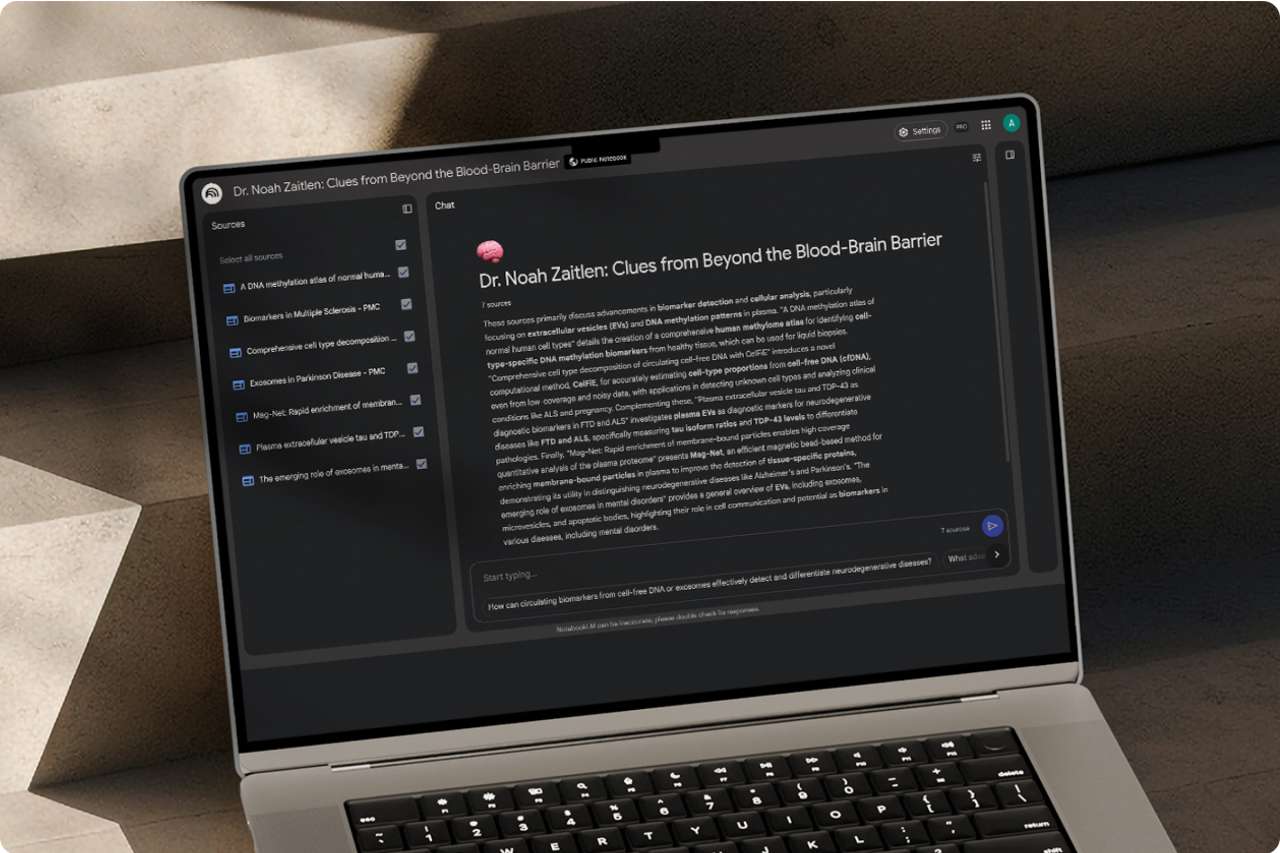The Science of Brain Signals in the Blood
A NeuroNote collection that lets you explore UCLA-curated research in a new way. Ask big questions at any level of understanding.

Clues from Beyond the Blood-Brain Barrier
How a simple blood draw can reflect brain health
Your blood carries messages from your brain. I study how to read them.
My lab looks for brain-made signals that enter the bloodstream: tiny extracellular vesicles (packets filled with proteins and RNA) and short fragments of DNA released when cells are stressed or dying. By isolating these brain-derived vesicles and DNA from a routine blood draw and decoding their contents, we can tell which cell types sent them and what state they’re in. This gives us a noninvasive window into what’s happening on the other side of the blood-brain barrier.
In Parkinson’s and Alzheimer’s, changes in what those packets carry may reveal disease years before symptoms and help track progression and response to treatment.
This collection gathers talks, papers and plain-language explainers so you can ask questions, trace answers back to their sources and explore how blood can serve as a safe window into brain health.

Dr. Noah Zaitlen
A Place for Infinite Curiosity
Here’s how it works:
- Sources are curated by UCLA Health and Dr. Noah Zaitlen.
- Ask a question and the collection provides answers only from these sources.
- Open any paper, talk or explainer to go deeper.
Try Asking Questions Like:
Explain to me like I’m ten: What is the blood–brain barrier?
Simply, what are extracellular vesicles?
What is cell-free DNA?
How do you know a signal in blood came from the brain?
Why does this research matter?
